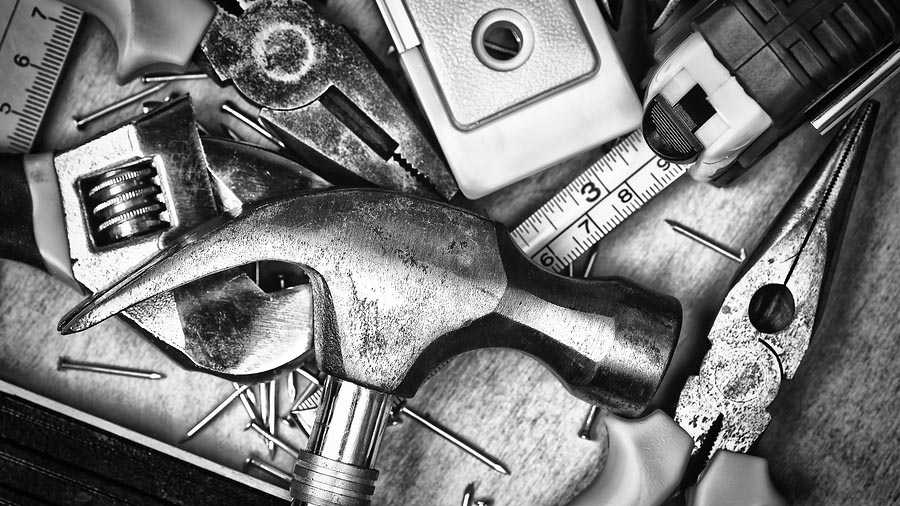 Image credit: Jeff Bullas
Image credit: Jeff Bullas
Know your tools
Investing time creating a basic toolkit early can really pay off
2 minute read
Which design tools you use are far less important than how well you can use them. This became especially apparent after weeks of using a template I created for the last class. It was easy. The bugs were ironed out. It looked okay. It didn’t win me any points for creative vision but it was fast and got the job done. Most important, it removed a lot of guesswork from my writing assignments.
Fast-forward to week one of a design class. I haven’t done any serious design work in awhile, so I was rusty with my tools of choice (primarily Omnigraffle). Furthermore, I had to create a visual language to work with for the entire course. From scratch. Because I (foolishly) haven’t developed a good, solid library of templates, icons, and typography for the job.
What. A. Hassle.
Bottom line: Having a good working design library and frameworks really makes the job easier. I spent a solid four hours just dealing with this issue before I could comfortably transition my sketches into a digital format for my journey maps. Part two of the assignment, though – once I had dialed in my framework, went much more smoothly and only took a few hours to complete.
It is my opinion that anyone who wants to do serious design work needs to build a toolkit: typography, icons, templates, color palettes… All of these things. Whether you use the latest and greatest design tool, or you’re comfortable using Keynote is far less relevant than how effectively you can use the tool. It definitely makes the load lighter.